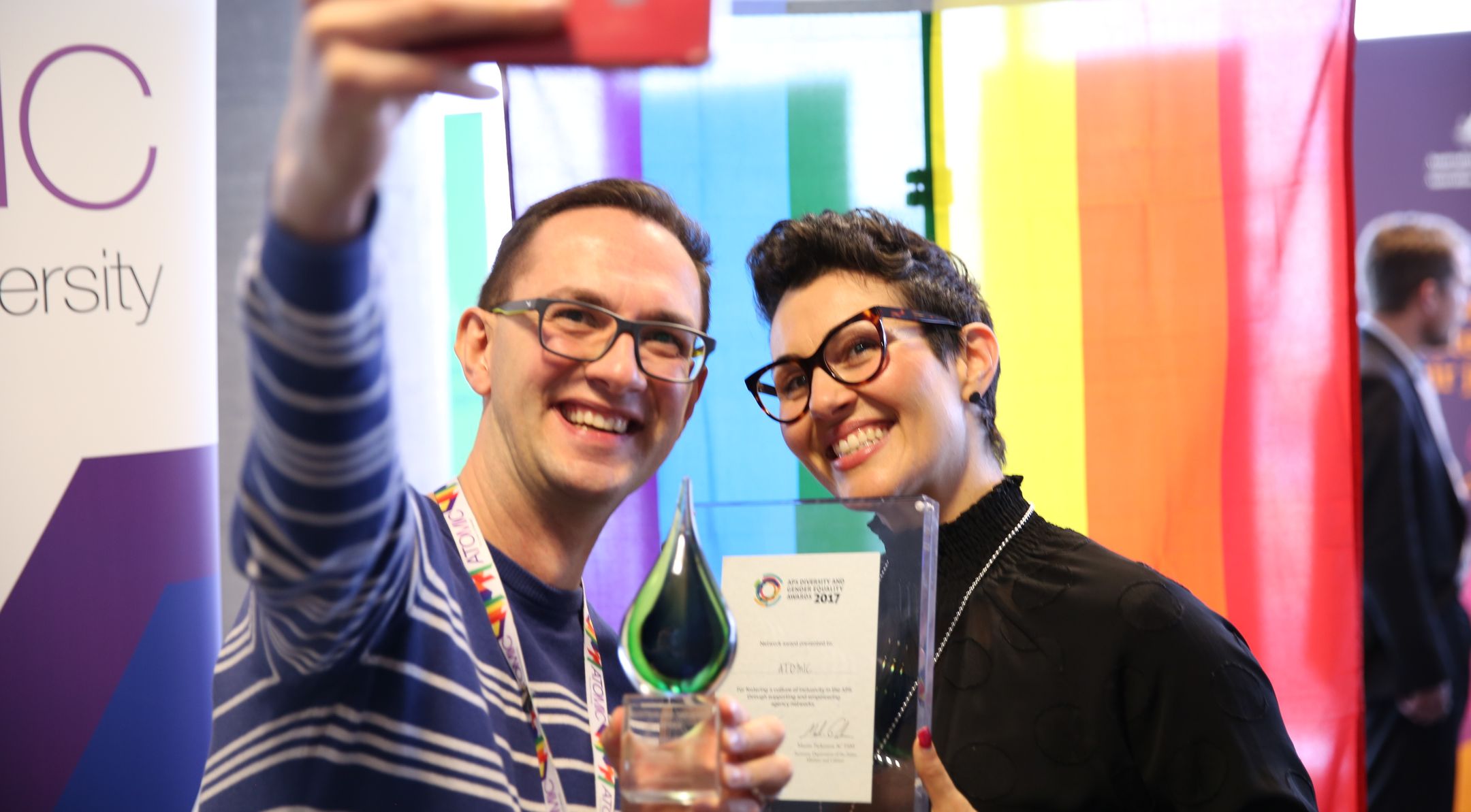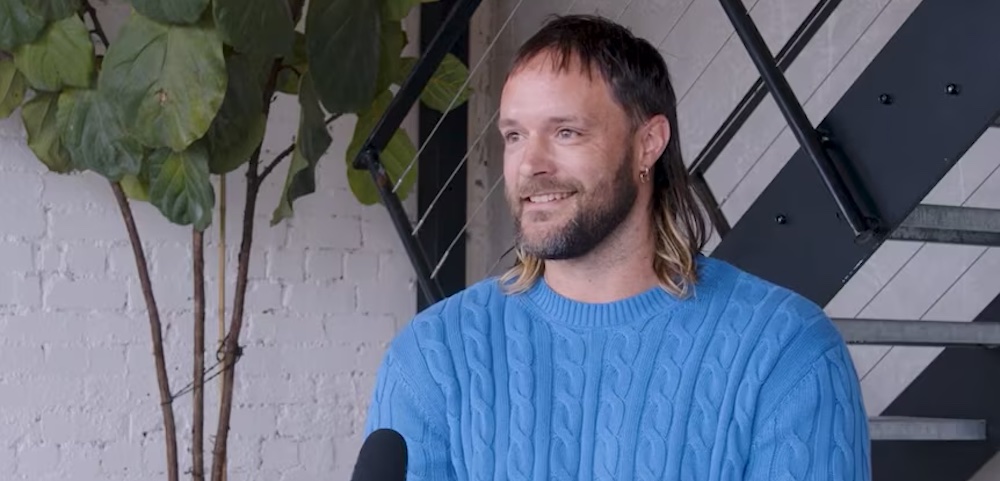
Index continues to set benchmark for LGBTI inclusion in Australian workplaces

The Australian Workplace Equality Index (AWEI) has been helping workplaces achieve greater LGBTI inclusion for nine years, and it shows no signs of slowing down. Matthew Wade reports.
***
When the Australian Workplace Equality Index (AWEI) was launched by ACON’s Pride in Diversity in 2010 – a benchmark used to measure LGBTI inclusion in the workplace – only eight organisations had signed on as members.
Now, in 2019, there are more than 300.
Each year as Pride in Diversity’s membership grows, the annual evidence-based benchmarking instrument is used to assess participating workplaces on the work and impact of their LGBTI inclusion initiatives.
Associate Director of Pride in Diversity, Mark Latchford, says the marriage equality debate and subsequent postal survey saw a spike in workplace conversations around LGBTI inclusion.
“As the issue of LGBTI equality got debated in lounge rooms across the country, the issue of workplace inclusion was debated in boardrooms and team meetings as well,” he says.
“And you can see that reflected in the growth of our membership… half of our growth over the past nine years has occurred over the last 18 months.
“The postal survey triggered corporate and government agency engagement on the topic, there’s no doubt. [The conversation] quickly cascaded through to the workplace.”
The number of workplaces signed up to be measured against the AWEI have continued to grow, despite concerns they might plateau after last year’s record year.
In 2018 the AWEI saw 135 employers across Australia participate, a 16 per cent increase on 2017 participation. And this year Pride in Diversity topped 180 submissions, by many organisations that will be recognised at the Australian LGBTI Inclusion Awards on May 24.
Latchford says the journey towards complete workplace inclusion and diversity has a long way to go, as evidenced by the incremental leaps that need to be made by organisations around the country.
However, he lauds those that have signed up to Pride in Diversity and those that are “using their imagination” when it comes to inclusive practices and policies.
“We don’t want to make [the Index] so complex that it becomes impossible to participate in,” he says.
“We’re going through a process now for 2020 that will significantly renovate the benchmark.
“If you think back five or six years ago, questions around trans and intersex inclusion weren’t considered by organisations and weren’t part of our benchmark, but now they are.”
One member of Pride in Diversity that has actively been championing LGBTI inclusion in recent years is the Australian Tax Office (ATO).
Having first signed up to be measured against the AWEI four years ago – where the organisation scored incredibly poorly – the ATO has since taken strides to improve their score and have achieved a ‘gold’ ranking for the last two years.
Assistant Commissioner at the ATO, Jeremy Moore, says the organisation ultimately wants to make it easy for everyone to comply with their tax obligations, and believes reflecting diversity and inclusion is a necessary step toward that goal.
“We live in a very lucky country, our services are funded through willing participation in our tax system,” he says.
“We want to make it easy for people to comply with that, whatever their background. And we also want people, whatever their background, to be able to bring their whole selves to work.
“The ATO has a reputation of being a group of boring accountants, and nobody likes dealing with the ATO, but we’re hoping that’s a thing of the past.”
Fuelled by their involvement with Pride in Diversity, the ATO established its own pride network ATOMIC (also known as: ATO Making Inclusion Count).
It has rapidly grown to include 2,000 members, with representatives across the organisation’s 22 Australian sites.
Moore says the ATO is proud of how quickly employees have signed up to be a part of the network.
“There are some really active members,” he says.
“They run site-based network events, which help us get messaging across, and they also of course help us get together our Australian Workplace Equality Index nomination paperwork.”
Moore believes diversity in the workplace leads to better outcomes and a more productive organisation, and applauds the many organisations that continue to take part in the AWEI.
“To me, workplace diversity and inclusion means leveraging what everyone has to bring to the workplace so we can become a much richer organisation for it,” he says.
“Especially as part of the public sector, it’s important that the ATO is representative of the communities we serve.”









